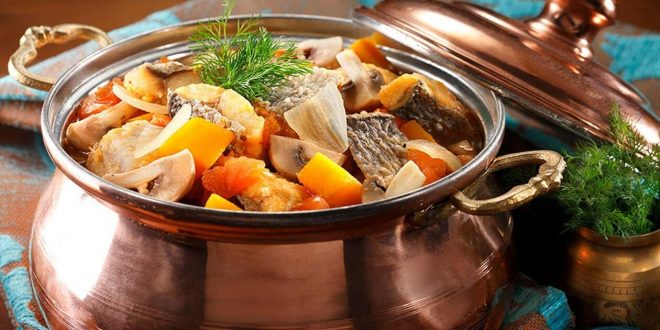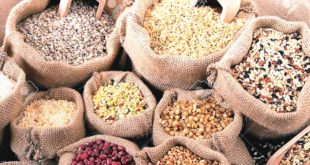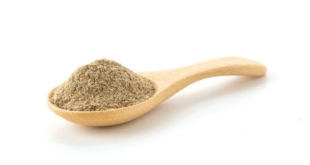The COVID-19 pandemic has upended many of the rhythms and routines in the lives of Turkish people, with one of them being their eating habits, a recent study revealed.
The variety of meals cooked in kitchens during the day by those who spent more time at home as restaurants shut down and keeping hygiene became a grave concern increased by nearly 40 percent during the pandemic process, according to a survey carried out by the IPSOS research company.

This increase showed a very slight decrease when the normalization period started following the lockdowns and curfews imposed.
Conducted with 14,000 households in 34 provinces across Turkey, the survey shows that consumers are accustomed to cooking the food they consume at the restaurant at home during the quarantine period.
The research outlines that the biggest reason for this habit change is consumers, who are starting to realize that the cost of a meal out can be two or three times more than what is cooked at home, have begun to allocate a part of their shopping budget more to some high-priced products in the market.
“Consumers are trying to establish the price-benefit balance much more carefully than before, not only because of their budget limits but also to make the healthiest and logical decisions for their families,” the study said, noting that people were keen on buying different products to prepare meals consumed outside at home.
The research also showed that purchases of foods and drinks for the household have increased compared to the pre-pandemic period despite financial instability and rising prices.
While meat dishes find more place on the tables, the situation is the opposite for legumes, as the price increase is higher, according to the survey.
www.hurriyetdailynews.com
 THE GLOBAL WINDOW OF TURKISH FOOD AND AGRICULTURE The Global Window of Turkish Food and Agriculture Sector
THE GLOBAL WINDOW OF TURKISH FOOD AND AGRICULTURE The Global Window of Turkish Food and Agriculture Sector









